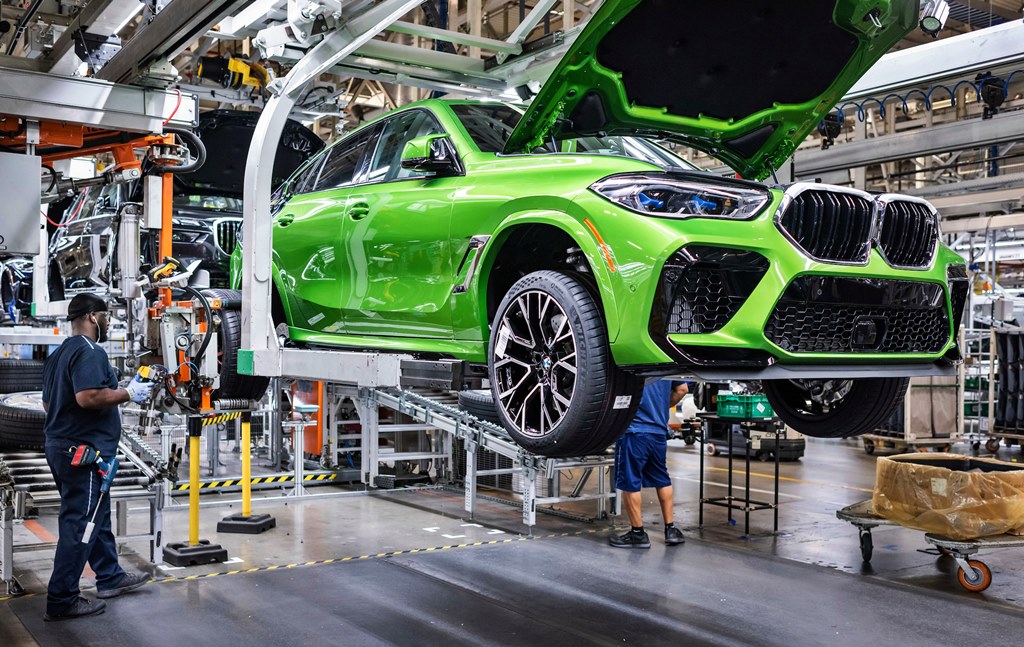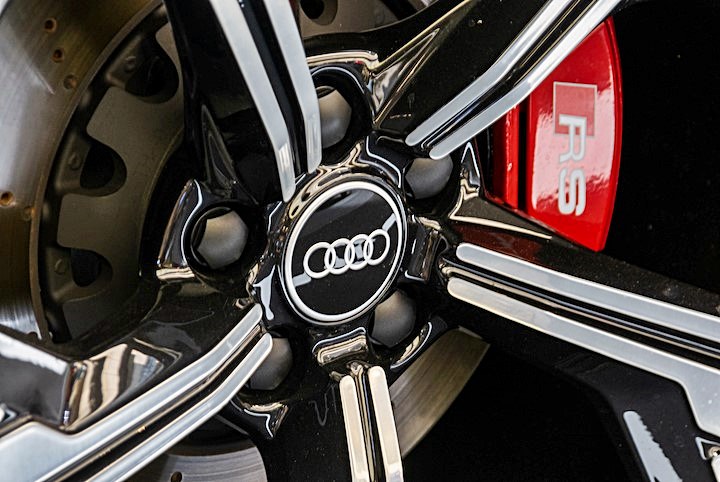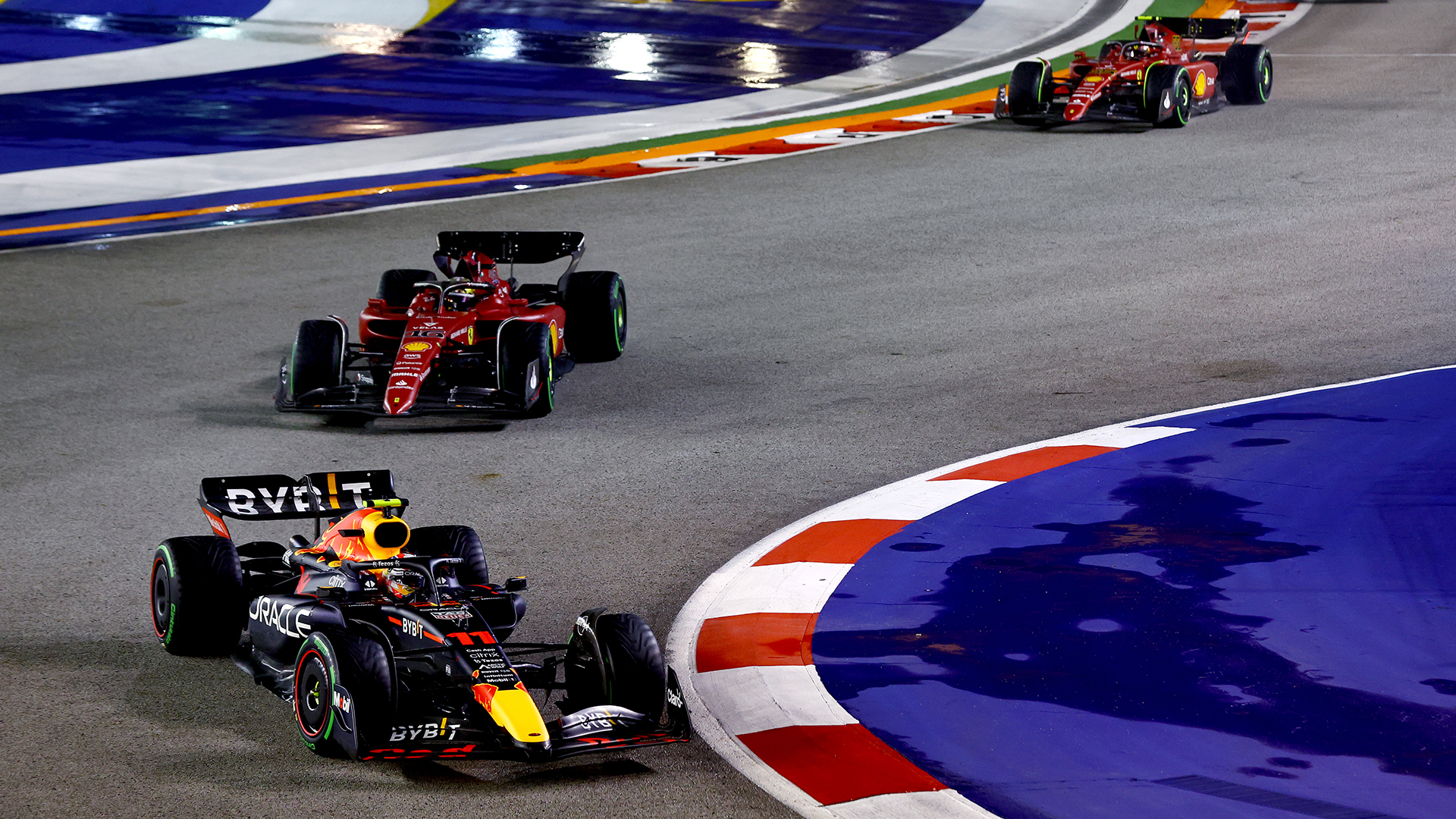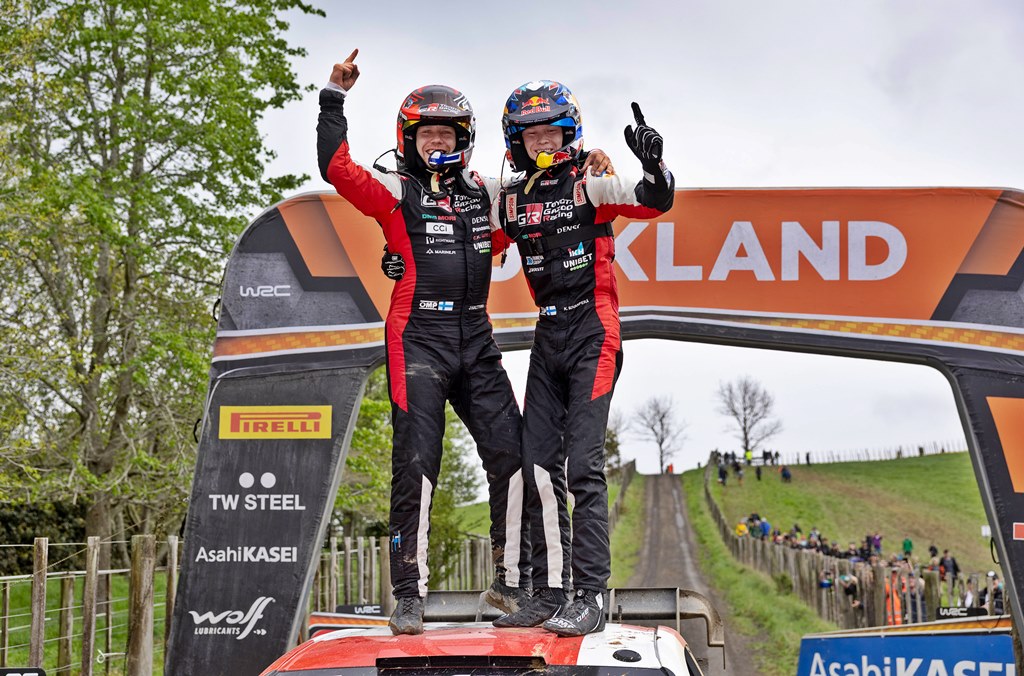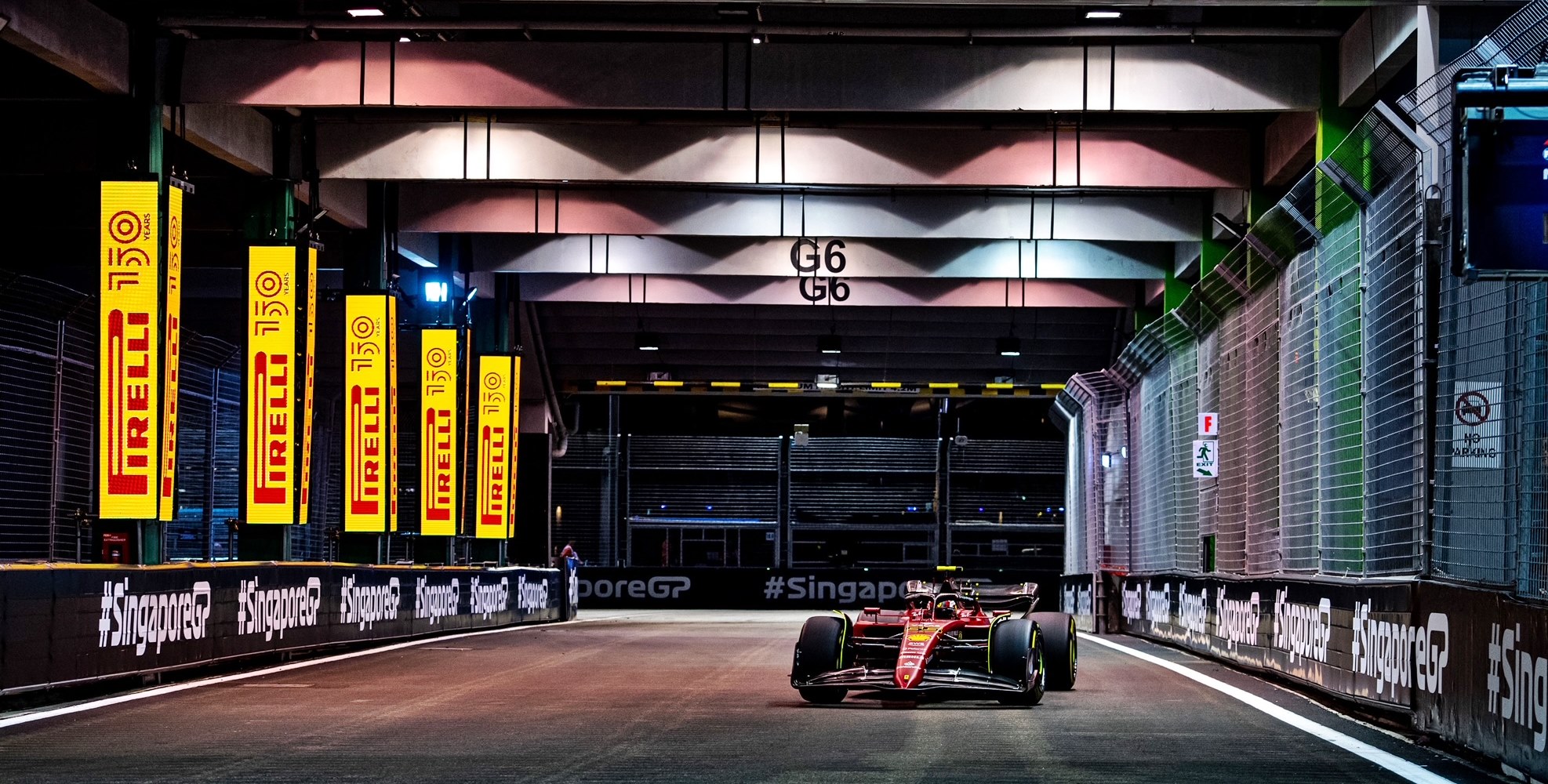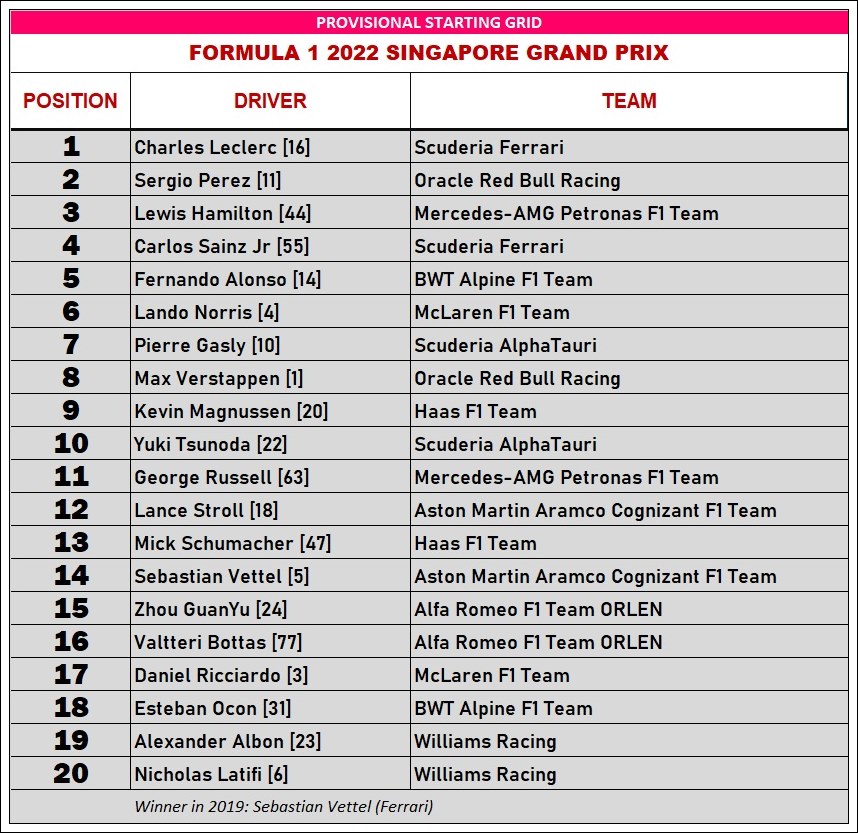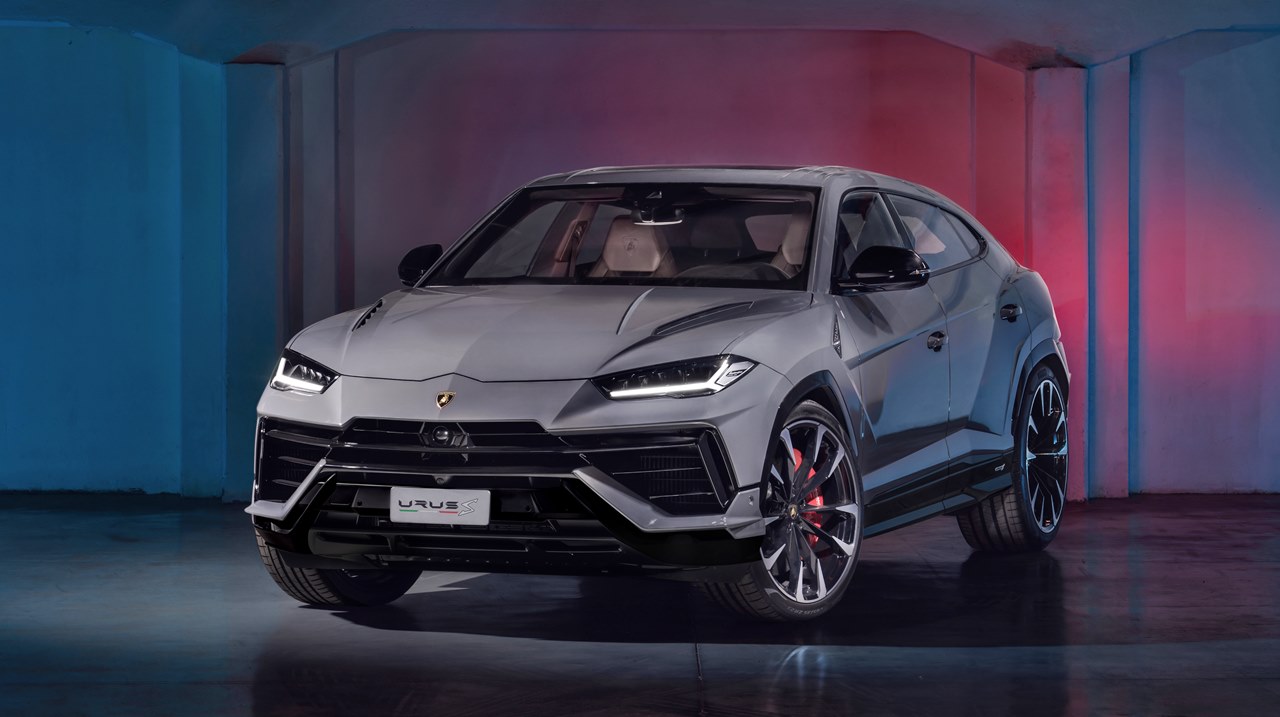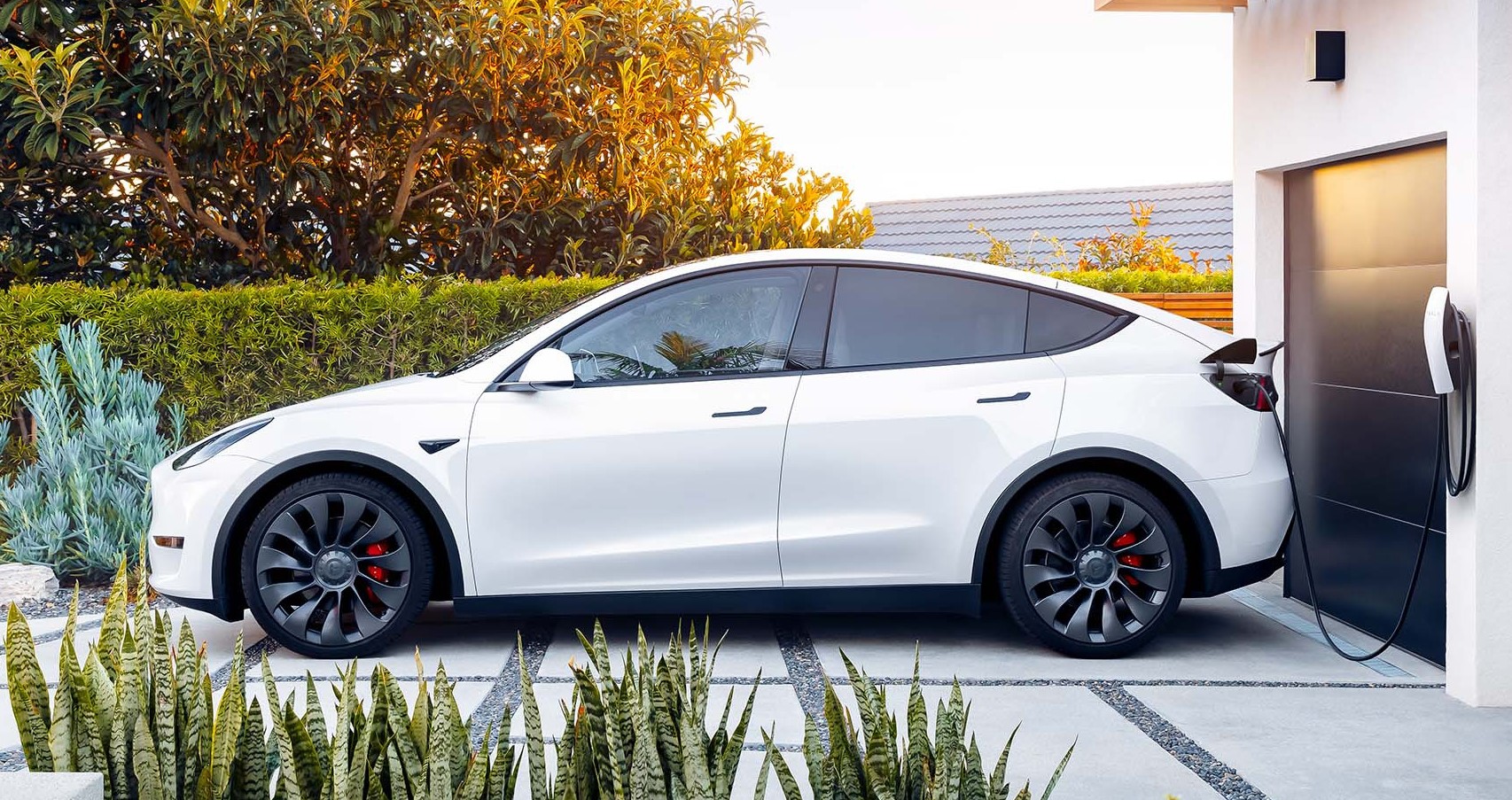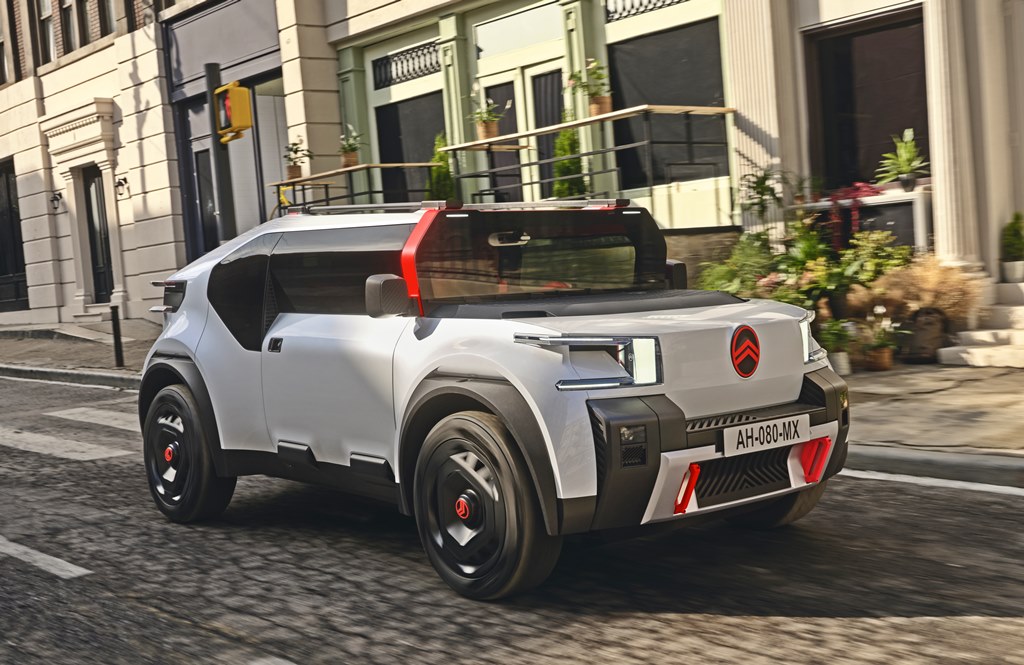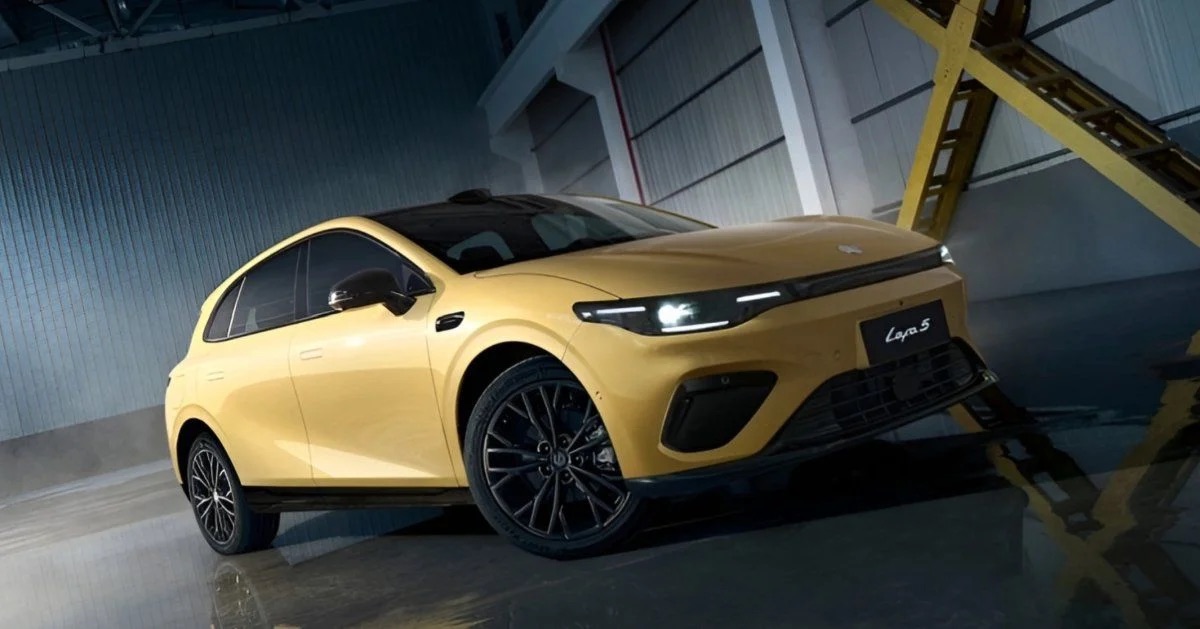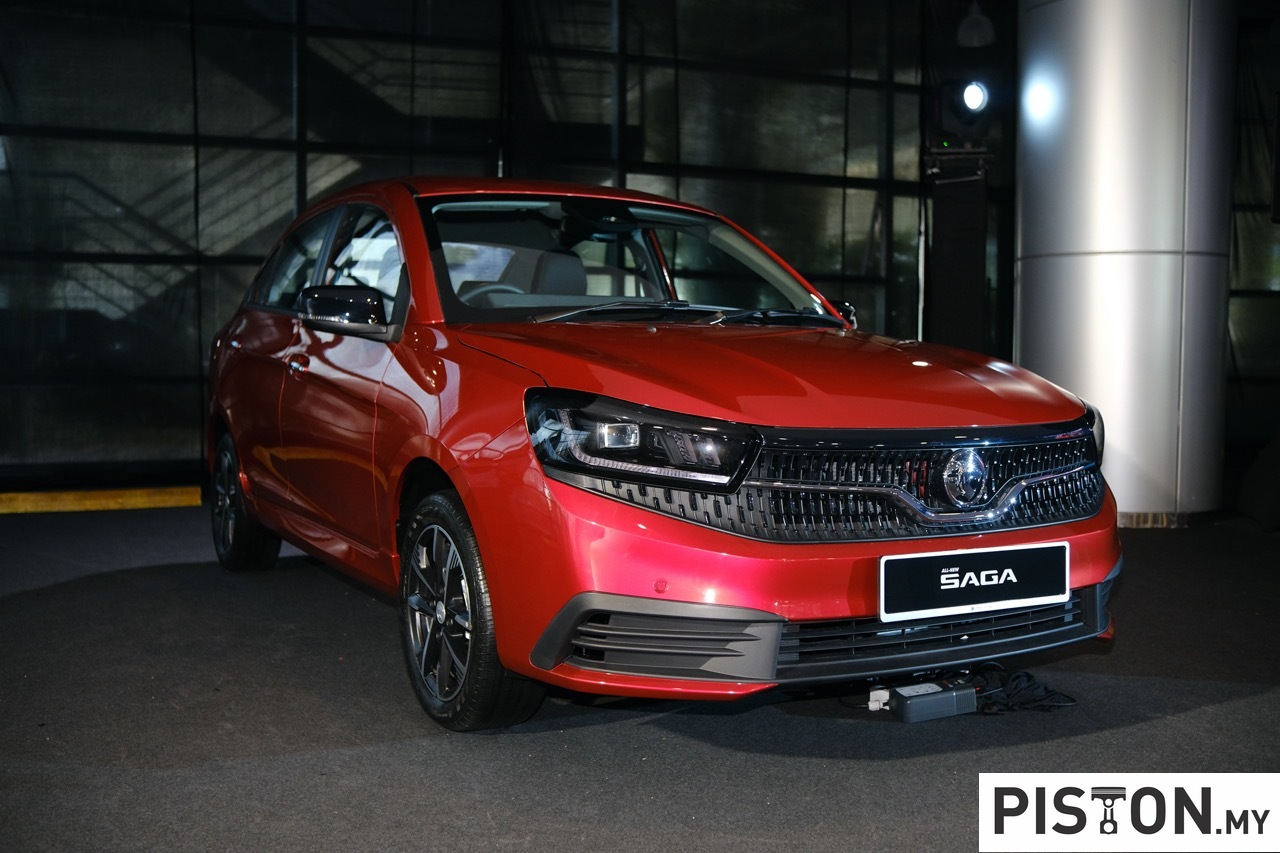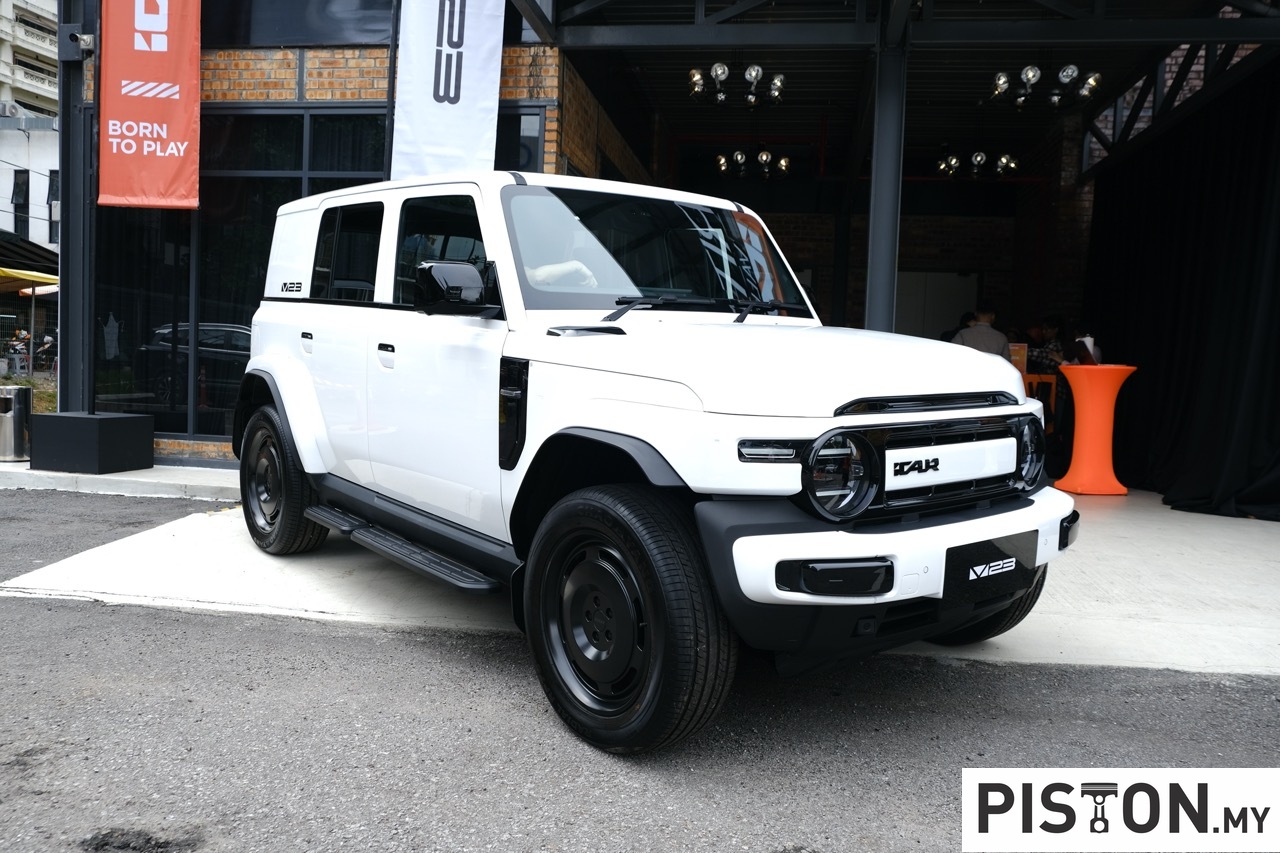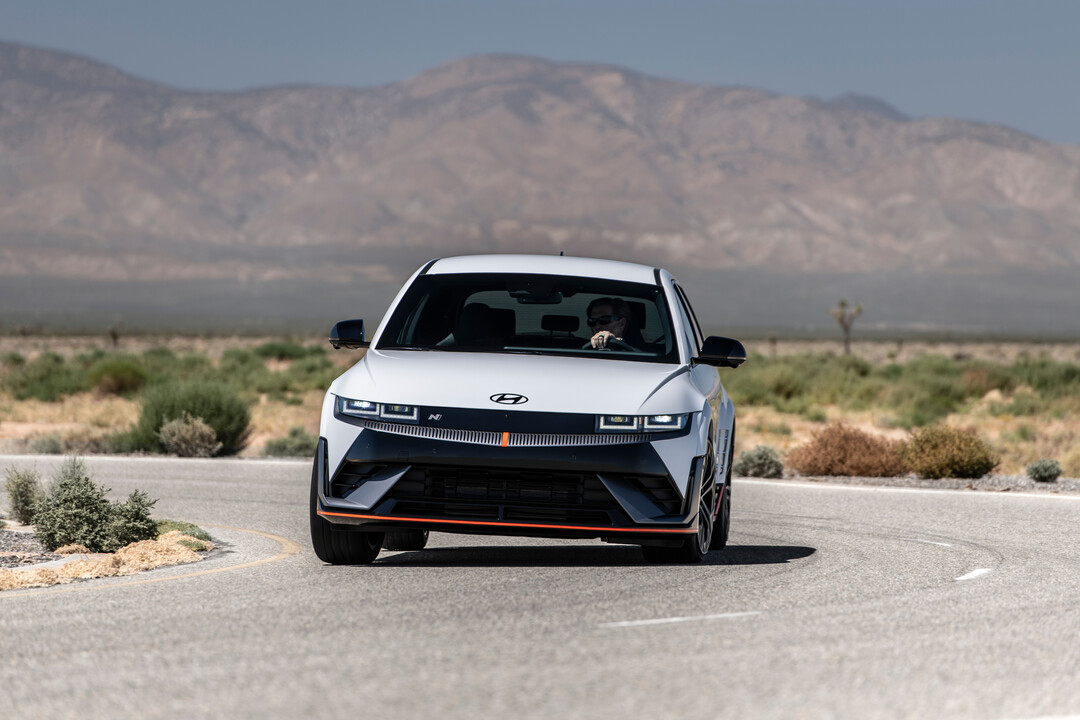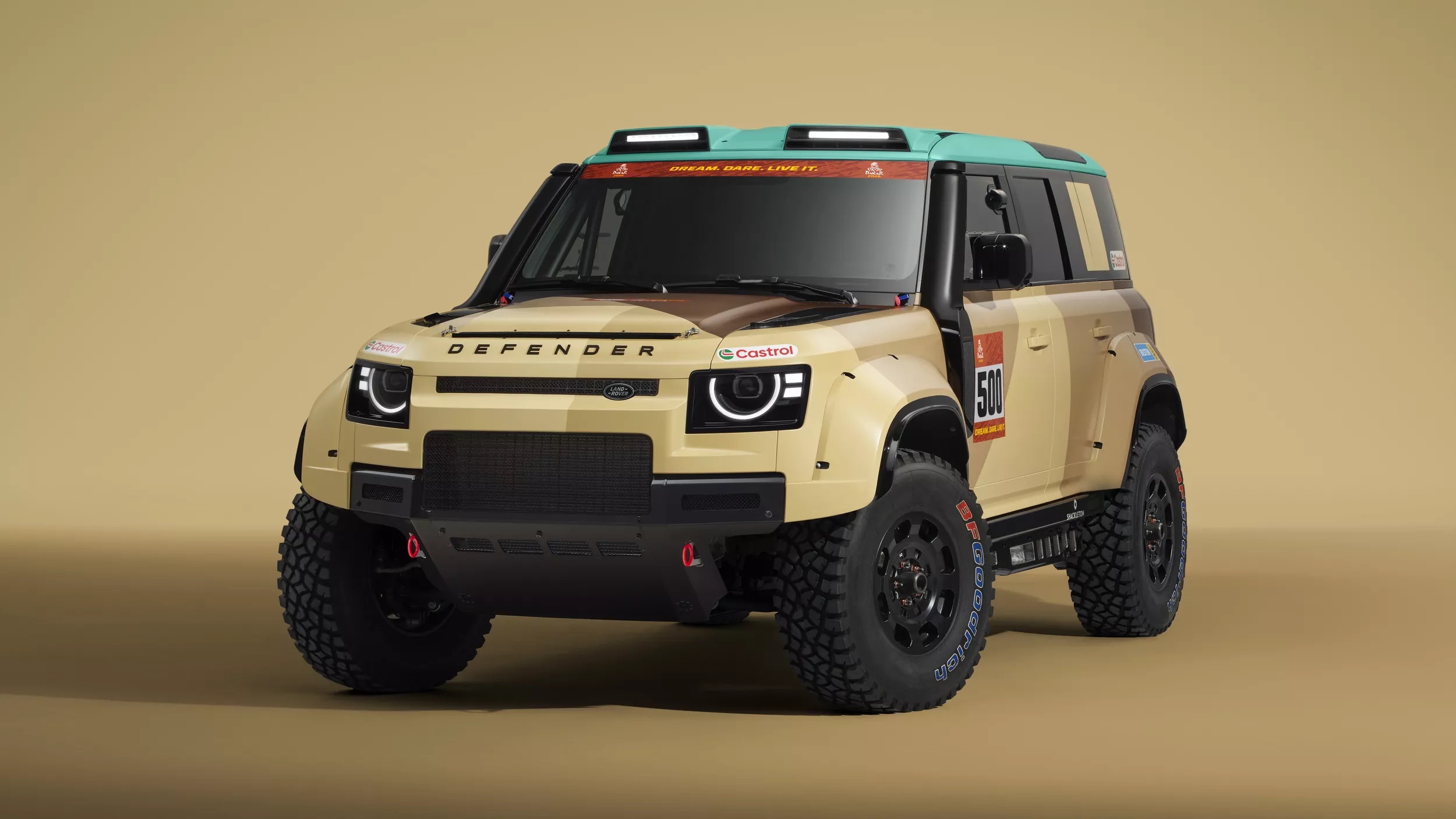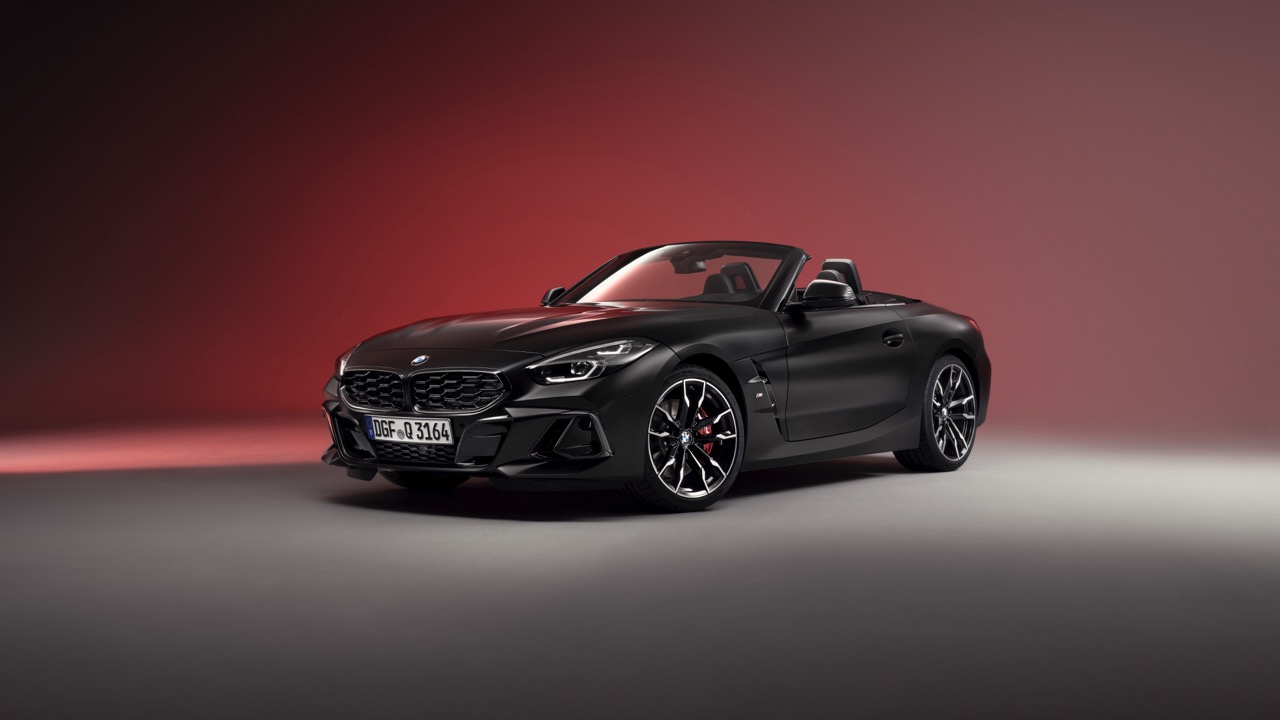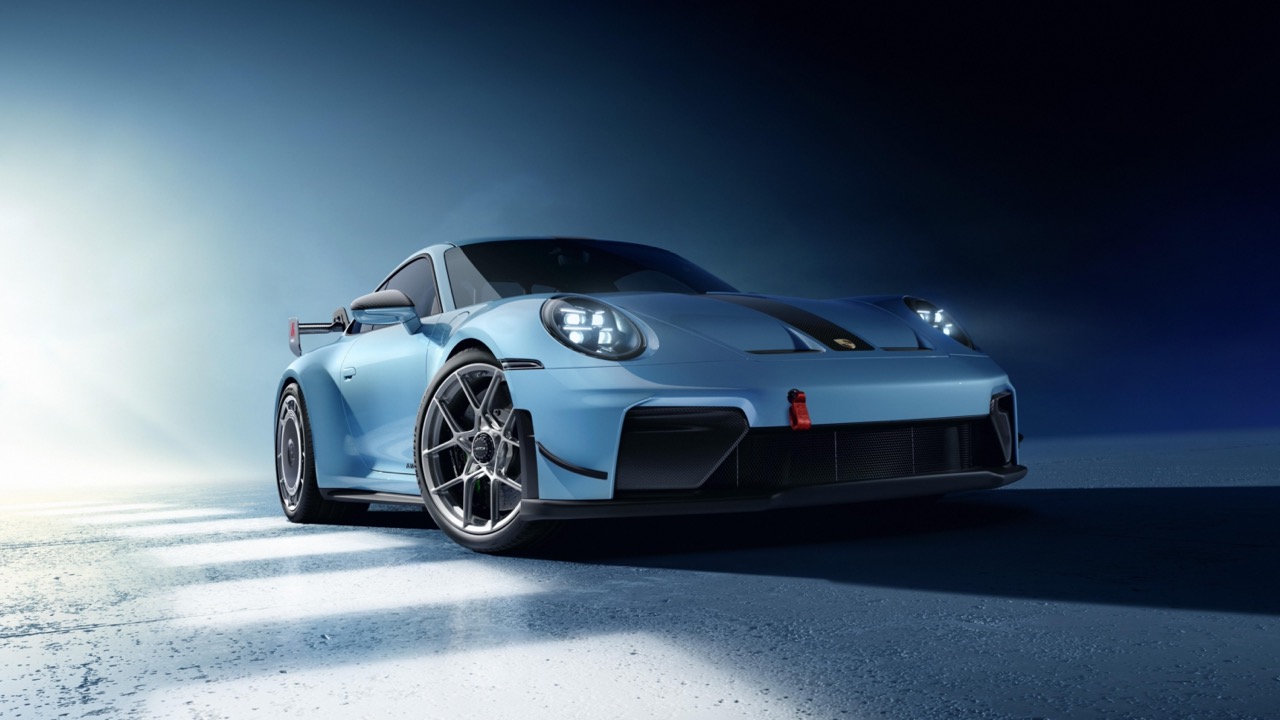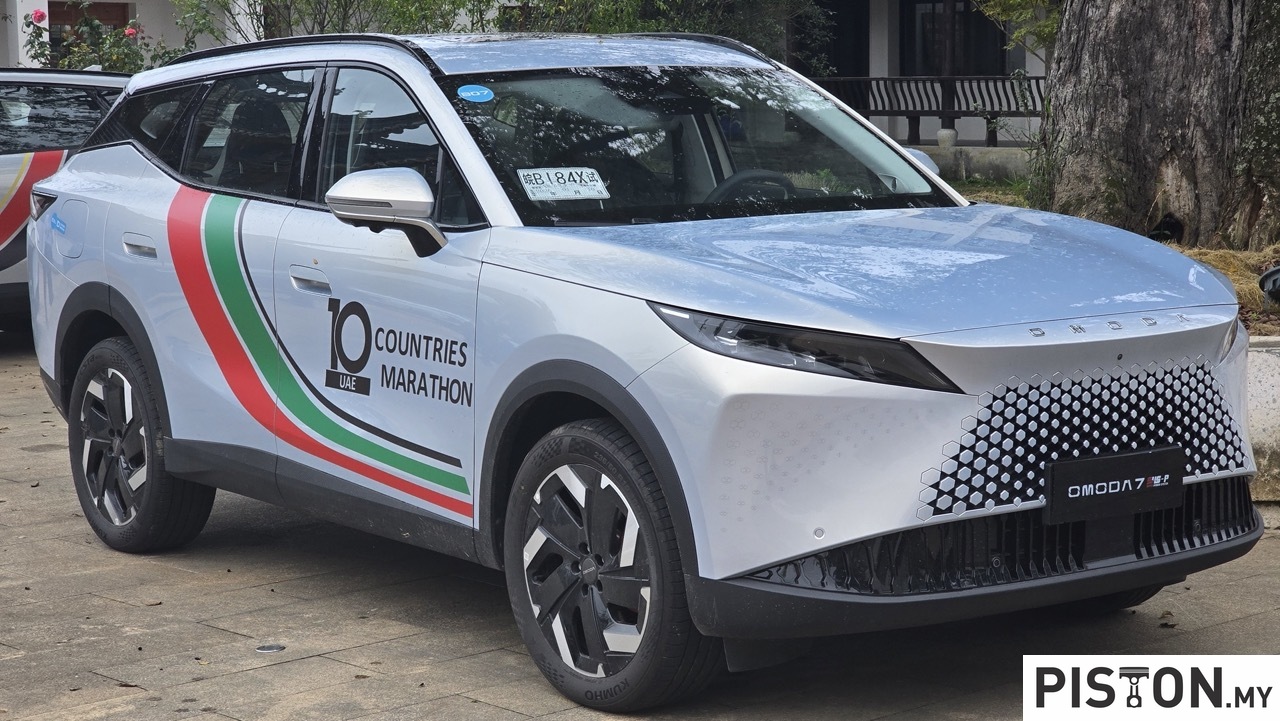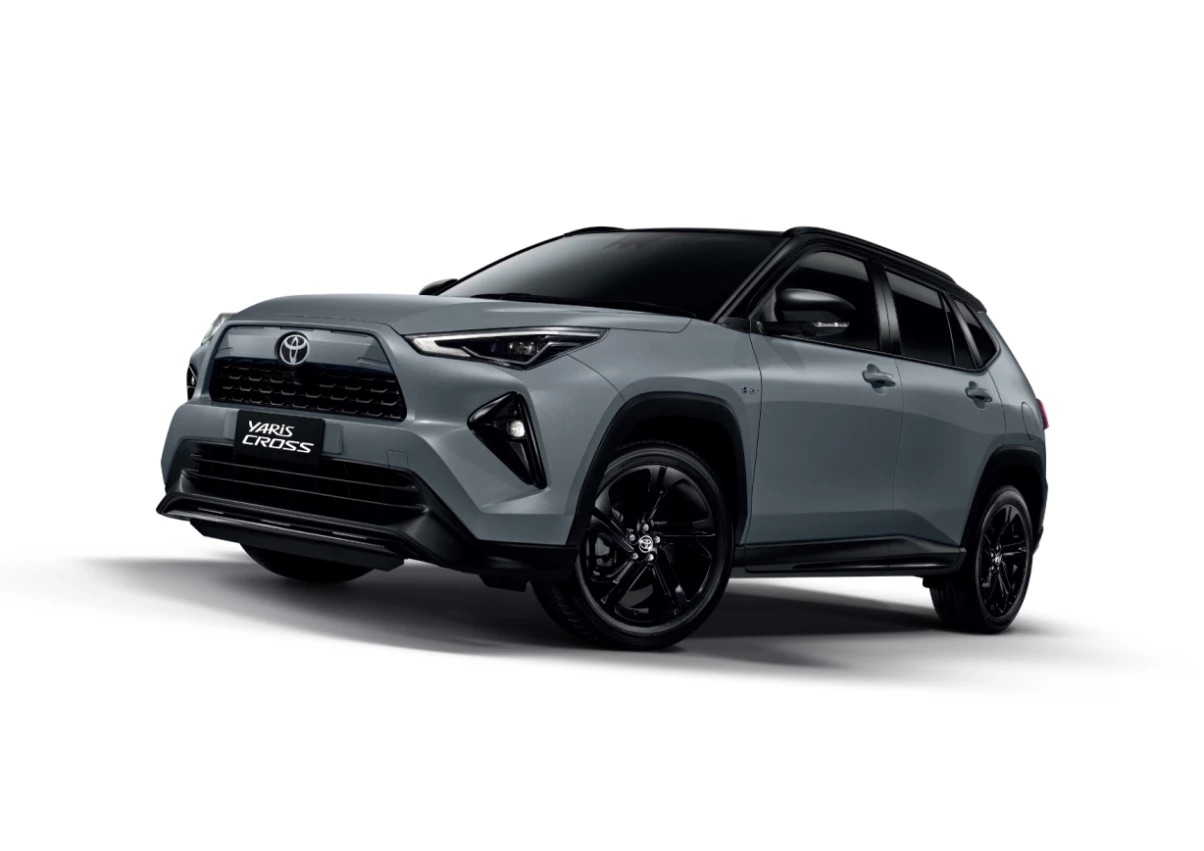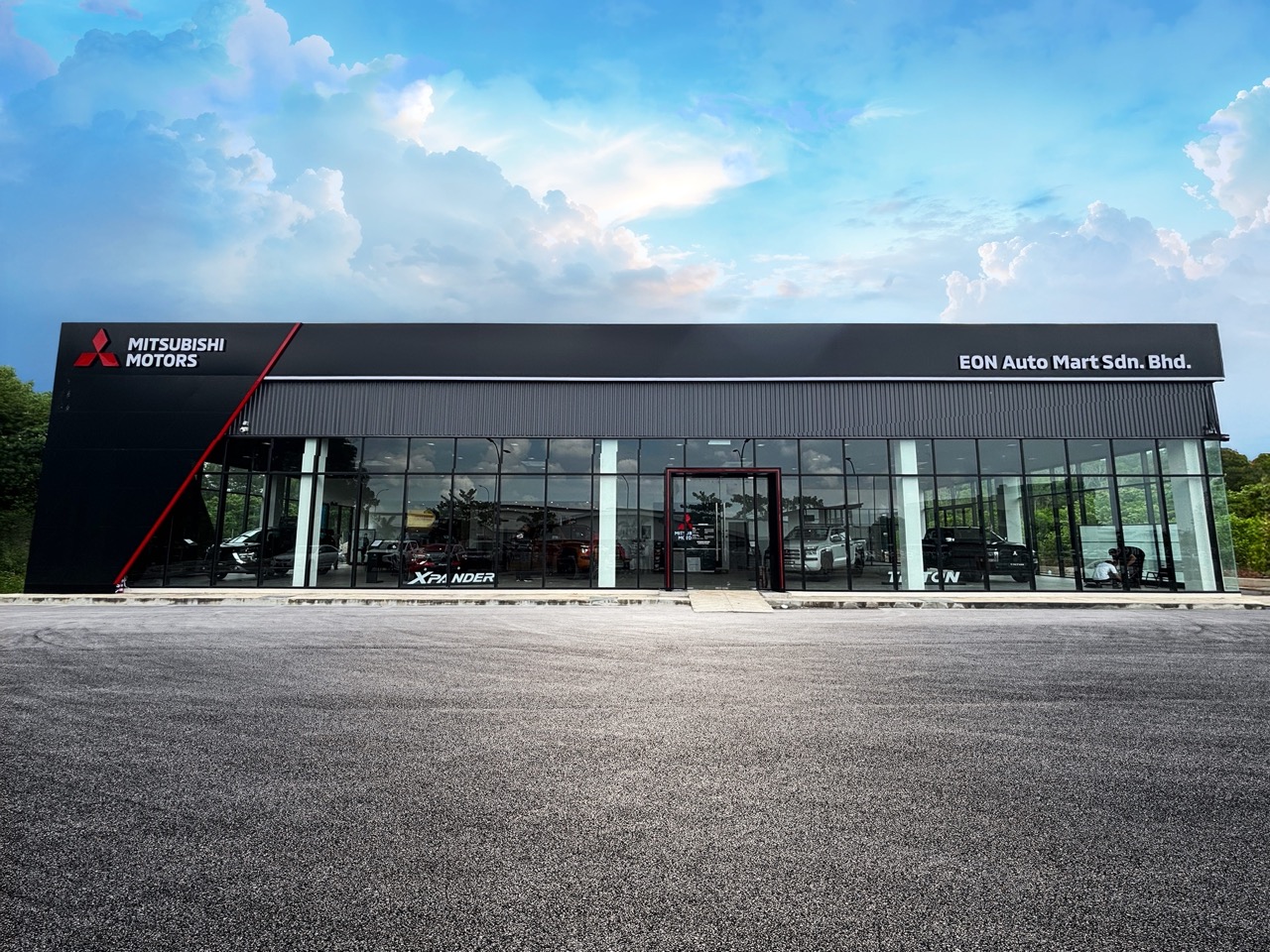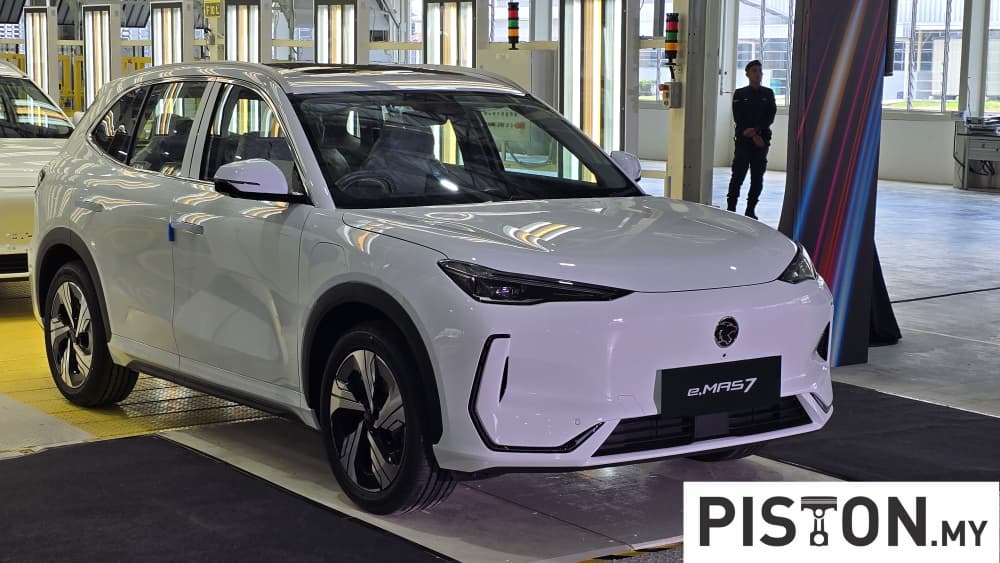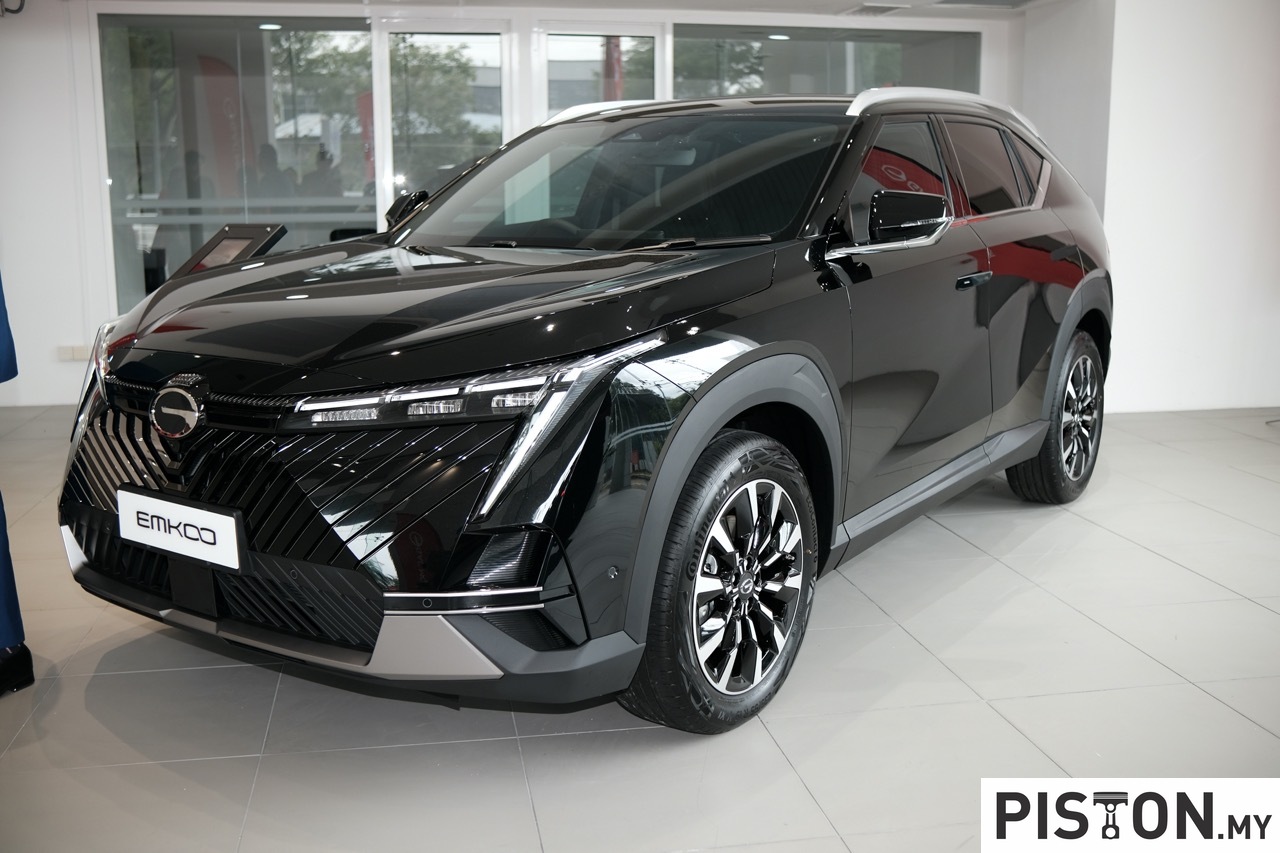In June 1992, the BMW Group announced that it would build a new factory in the US state of South Carolina. This would the carmaker’s first full manufacturing facility outside Germany (production in countries like Malaysia were assembly operations) with an initial investment of US$600 million. It would be the fastest factory start-up in automotive history — just 23 months after site ground-breaking, the first car (a BMW 318i sedan) rolled out.
30 years later, the factory – officially known as BMW Manufacturing – has produced its 6 millionth vehicle, a Java Green Metallic BMW X6 M. This comes just 2 years after the last milestone of 5 million units which was passed in June 2020. It is a major hub today, with 63% of its output exported to 120 countries worldwide.
(more…)
